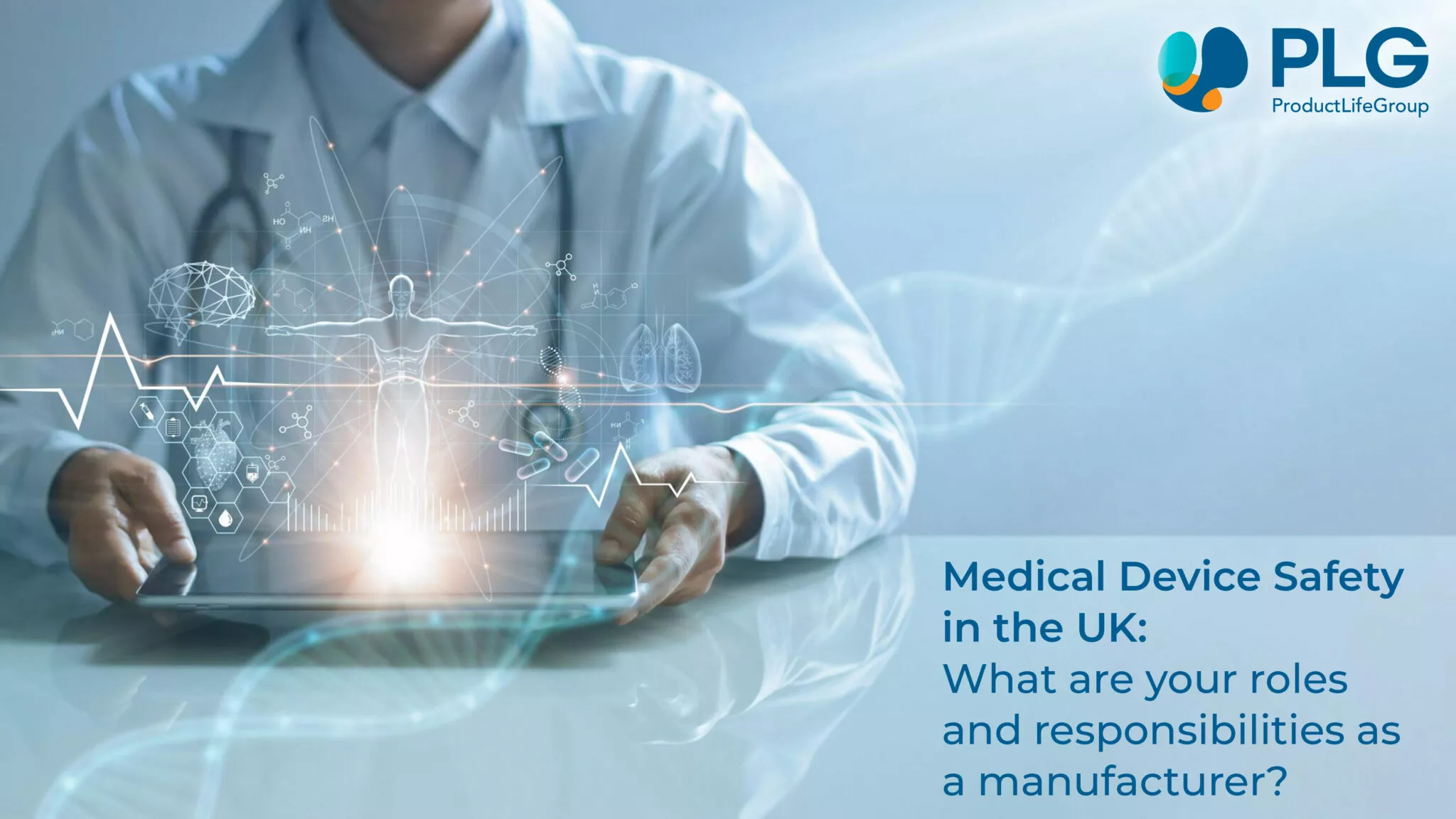
Medical Devices: Guidance for Manufacturers on Vigilance
25 may 2023

Medical devices diagnose, prevent, or treat various diseases and medical conditions. As a result, they play a critical role in modern healthcare, and manufacturers must adhere to strict regulations to ensure the safety and effectiveness of these devices.
Importance of Vigilance in Ensuring Device Safety
One crucial aspect of ensuring the safety of medical devices is the implementation of a vigilance system, which helps manufacturers monitor the performance of their devices and take appropriate corrective actions if any issues arise.
Vigilance is the process of collecting and analysing information on the performance of a medical device to identify and assess any potential risks associated with its use. It involves continuous monitoring of the device’s performance, including its design, manufacture, labelling, and instructions for use. Vigilance aims to detect problems as early as possible and take corrective actions to prevent patient harm.
In this article, we discuss the guidance for manufacturers on vigilance for medical devices. This guidance is based on the United Kingdom regulations.
The Role of the MHRA in Monitoring Medical Device Performance
The MHRA has recently updated this guideline to include “Information and links to the Manufacturer’s On-line Reporting Environment (MORE) Submissions guidance and MORE production API guidance.” Medical device adverse events in the UK must be reported to the MHRA. The MHRA is responsible for the UK market for medical devices. The notification and assessment of Adverse Incidents and Field Safety Corrective Actions (FSCA) related to medical devices are referred to as the Medical Device Vigilance System.
Who must report to the MHRA:
The requirement to report falls to:
- The manufacturer.
- The UK Responsible Person.
- The Authorised Representative is based in Northern Ireland.
Reporting Requirements for Manufacturers
The manufacturer, UK Responsible Person or Authorised Representative should inform the MHRA about incidents and FSCAs (should meet the reporting criteria) with including Periodic Summary Reports (PSR) and Trend Reports. The manufacturer is responsible for investigating occurrences and taking corrective action if necessary. For instance, if an event occurs with two or more separate devices (and/or accessories) from different manufacturers. In this situation, each manufacturer (or responsible person or authorised representative in the UK) should send a report to the MHRA.
Changes to the Incident reporting system:
The post-market vigilance report must be submitted to the MHRA. In addition, the new MORE portal can be used to send reports on undesirable product occurrences. Manufactures must register with the new MORE portal.
When and how to report
While reporting as UK Responsible Person, the manufacturer needs select ‘Other, please specify’ in Section 1.3.1. ‘Submitter of Report’ of the MIR form. Then enter ‘UKRP’ and complete the contact details in Section 1.3.4. ‘Submitters details’.
Unless the initial and final reports are combined, each initial report must lead to a final report. It is important to note that not every incident report leads in corrective action. If a manufacturer has reservations about reporting an occurrence, they should do so. In a subsequent report, the manufacturer can supply more information.
Three Reporting Criteria for Adverse Incidents:
Any event which meets below three reporting criteria is considered to be an adverse incident and should be reported to the MHRA:
- An event – including situations where testing performed on the device, investigation of the information provided with the device, or scientific information indicates a factor that may or has led to an event.
- The manufacturer’s device is suspected to be a contributory cause of the incident.
- The event resulted or could have resulted in death or serious deterioration.
To be noted that not all incidents result in death or serious deterioration and hence these may have been prevented by other circumstances or by intervention. Therefore, a manufacturer must still send a report if:
- An incident associated with a device happened, AND
- If it occurs again, it might lead to death or serious deterioration in health.
Timescale for reporting an adverse incident to the MHRA
The manufacturer should notify the MHRA immediately after becoming aware that one of its devices may have caused or contributed to an event.
- For Serious public health threats: No later than two calendar days.
- For Death or unanticipated serious deterioration in the state of health: No later than ten calendar days.
- And for Others: No later than 30 calendar days.
Timescale for reporting PSRs and Trend reports
PSR reporting deadlines must be agreed upon in advance with the MHRA. When the manufacturer notices a considerable increase in the incidence rate, trend reports should be sent.
Finally, attention is essential for guaranteeing the safety and efficacy of medical equipment. Manufacturers must have incident reporting, investigation, trend analysis, and corrective action mechanisms in place. They must also have a designated person within their organisation who is in charge of vigilance. Manufacturers may help guarantee that their devices are safe and effective for patients by following these rules.
We PLG support MAH for the activation/registration of MORE accounts. PLG can also hold a database for any Adverse incidents processing and reporting in XML format. PLG also offers UK Responsible Person or Authorised Representative who reside in UK. . . ProductLife has an in-depth knowledge of local regulations in all countries, which is regularly maintained through our internal, proactive regulatory intelligence efforts and could support of both clinical safety services and post-marketing safety services..
The team is made up of dedicated staff and specialists enabling PLG to provide a full scope of vigilance requirements on various product portfolios, mainly composed of medicines (princeps and generics) but as well with another status such as medical devices, cosmetics, and nutraceutics.
Register to our news and events
Go to our Events to register
Go to our News to get insights
